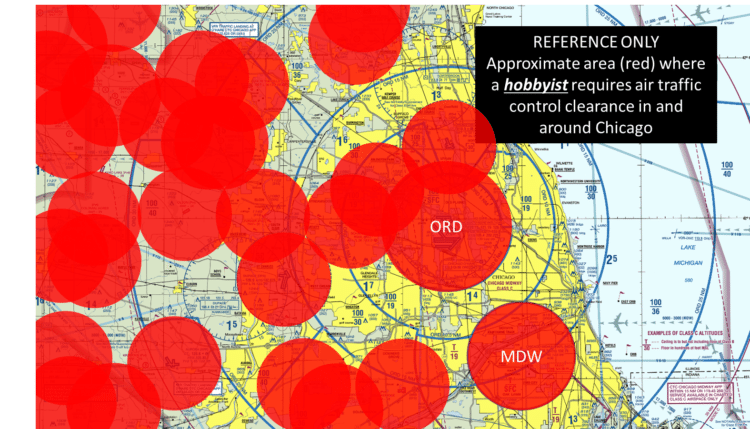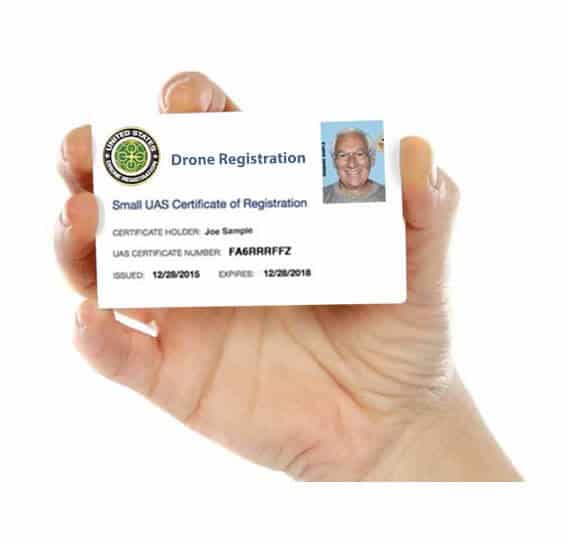

This imposes a minimum level of proficiency for all commercial drone pilots and ensures that all of them know the restrictions and procedures required by Part 107. To earn a drone license, a drone pilot must satisfy a few qualifications, be vetted by the TSA, and pass a 60-item Part 107 knowledge test. The drone license is one of the most important components of Part 107. The Part 107 rules continue to evolve and have been the subject of several rounds of review and revision in the last couple of years. These restrictions include not flying drones over crowds or moving vehicles, flying only within visual line-of-sight, and always yielding the right of way to manned aircraft, among others. If you are flying your drone for anything other than recreational purposes, then you are required to have a Part 107 license from the FAA.Īside from imposing that commercial drone pilots get drone licenses, Part 107 also enforces several restrictions on drone flight. We have a free course which details all of the rules. You also need to get permission to fly in controlled airspace near airports.

You are only allowed to fly your drone up to 400 feet in altitude.

Recreational drone pilots also need to follow other simple rules. You can register your drone on the FAA Drone Zone.
DRONE PILOT LICENSE CLASSES MINNEAPOLIS MN REGISTRATION
You can use the same registration number on multiple drones. It costs $5 to register your drone and your registration is valid for 3 years. In addition, recreational drone pilots need to register their drone if it weighs more than 250 grams. This online training is entirely free and it takes about 15 – 30 minutes to take. If you are flying your drone recreationally, you need to take The Recreational UAS Safety Test ( TRUST). How can recreational drone pilots fly legally?


 0 kommentar(er)
0 kommentar(er)
